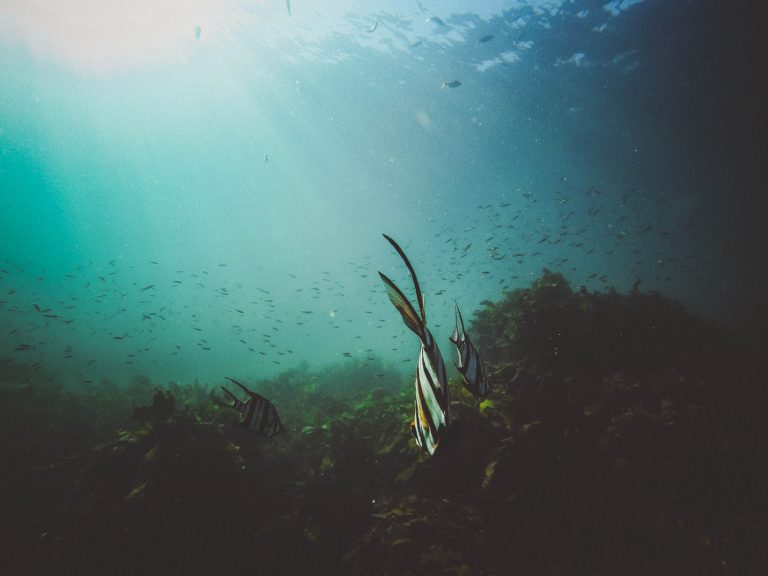With its many varieties, algae are found mainly in aquatic environments. It is in this environment that they are known to help strengthen biodiversity. It is true that even today, the consumption of algae is still unusual for many of us, although it is of a habitual nature for some populations.
Although they are not well known, eating seaweed can bring many advantages. Algae provide globally as many vitamins as vegetables (and more than B1, B3, B9).
Where does the best Nori for sushi come from?
Nori is an alga that is used in Japanese cuisine, especially when preparing dishes as sushi. Most of the time it is found in the form of leaves, but it can also be found in the form of strips, used for decorating dishes and plates.
Nori seaweed are originally red algae. It is during its drying that this bright color fades to give way to black or green. The two most common types of Nori seaweed grown in Japan are Pyropia and Pyropia yezoensis, and they are often considered as the best Nori for sushi.
What are algae properties?
Nori properties are diverse, but it is known for its high protein content when consumed in its dried form. It also contains minerals such as calcium, iodine, potassium, phosphorus, iron and zinc. It is a true source of vitamin A, including beta carotene, as well as vitamins B and C.
Nori seaweed is highly valued by vegans because it contains almost all essential amino acids according to daily nutritional recommendations.
Algae potential benefits are many and this is one of the main reasons they are getting more and more used in dishes. Here are a few of its main properties for health:
- Reducement of cardiovascular risk
Soluble fiber, antioxidants and long-chain fatty acids from algae are all cardiovascular benefits for these marine foods. Spirulina, a blue microalgae, might help drop significantly LDL cholesterol and triglyceride levels. Wakame also contains peptides that act as genuine antihypertensive drugs. All the seaweed, finally, are mines of potassium, a mineral which decreases the arterial pressure.
- Iodine compensation
So far iodine intake is based mainly on the use of iodized salt. But algae such as kelp have very high levels of iodine at the borders of authorized doses. Rather than eliminating this mineral, it would seem wise to value this content among at-risk populations.
How to cook seaweed easily?
The easiest way to start is to buy algae in supermarkets, Asian grocery stores and organic stores) and use them as spices. Sprinkled on a salad, an omelette or a pan of vegetables at the end of cooking, it is a delight. The ready-to-use seaweed tartare, sold in the dietary rays, goes well with pasta and rice.
You can also spread toast or garnish potatoes with. Whole seaweed, fresh or dried, must be desalinated before use. But do not let them soak overnight like cod. Rinsing for a few minutes with clear water is enough.
Ulva and dulse can be eaten in raw vegetables or simmered in foil with fish. More fleshy, wakame and kombu are excellent to enhance the flavor of a soup (in thin strips) or decorate a meat sauce (cook with).
The sea bean is tasty fried, alone or mixed with vegetables. And the nori leaf can not only wrap maki but also form nice cornets for original appetizer appetizers.



0 Comments